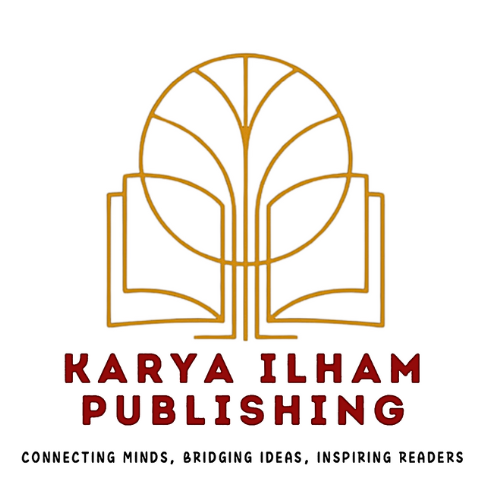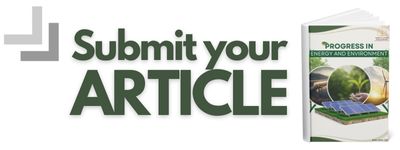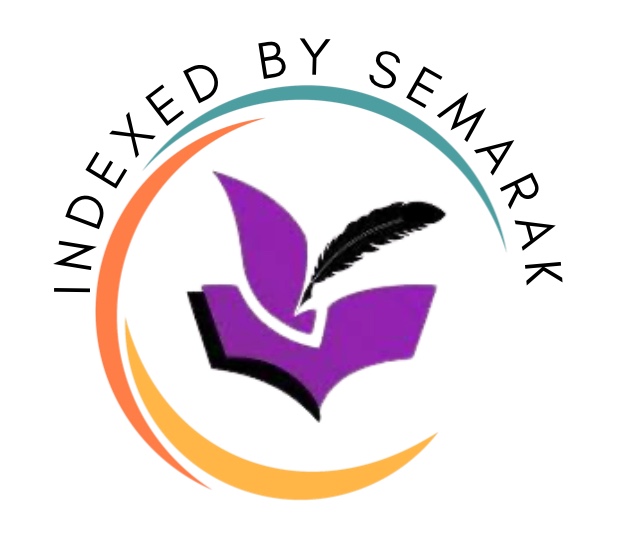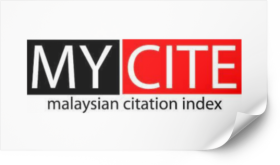Identifying the Key Barriers in Adoption of BIM for Building Surveyor Professional in Malaysia: Bridging the Knowledge Gap
Keywords:
Building Information Modelling (BIM), BIM Adoption, Barriers, Building Surveyors, Malaysia, Technology Adoption, Training, Standardisation, CollaborationAbstract
Building Information Modelling (BIM) holds immense potential to revolutionise the construction industry by improving visualisation, collaboration, and data management throughout the building lifecycle. However, BIM adoption remains slow among building surveyors in Malaysia, mainly due to technological, educational, and organisational barriers. This paper aims to identify the key barriers to BIM adoption, using a systematic literature review. The results highlight that technological costs, lack of training, cultural resistance, limited collaboration, and the absence of standardised processes are significant obstacles. Addressing these challenges requires industry and educational institutions’ collaboration, better training opportunities, and policy reforms. The findings of this research provide a foundation for future strategies to improve BIM adoption, ensuring enhanced project efficiency, compliance, and digital transformation in Malaysia’s construction industry.
References
[1] C. Eastman, P. Teicholz, R. Sacks, and K. Liston, BIM Handbook: A Guide to Building Information Modeling for Owners, Managers, Designers, Engineers, and Contractors, 2nd ed., John Wiley & Sons, Inc., 2008. http://dx.doi.org/10.1002/9780470261309.
[2] C.F. Wong, S.H. Lau, O.K. Tan, and J.B.H. Yap, Critical Factors Influencing the Adoption of Building Information Modelling (BIM) Using Technological Adoption Framework and Structural Equation Modelling. Engineering, Construction and Architectural Management 32(2) (2025) 967–986. https://doi.org/10.1108/ECAM-06-2023-0637.
[3] Construction Industry Development Board (CIDB), Malaysia BIM report 2019. CIDB., 2019. https://www.cidb.gov.my/wp-content/uploads/2022/07/208-Malaysia-BIM-REPORT-2019-min.pdf
[4] D. Bryde, M. Broquetas, and J.M. Volm, The Project Benefits of Building Information Modeling (BIM). International Journal of Project Management. 31(7) (2013) 971–980. https://doi.org/10.1016/j.ijproman.2012.12.001.
[5] McKinsey and Company, The Impact of Digital Transformation on the Construction Industry, McKinsey & Company, 2020. https://www.mckinsey.com.
[6] Construction Industry Council (CIC), BIM Adoption in the UK Construction Industry, Construction Industry Council, 2019. https://cic.org.uk.
[7] National Institute of Building Sciences, National Building Information Modeling Standard: A Framework for BIM Adoption, 2019. https://www.nibs.org.
[8] S. Azhar, Building Information Modeling (BIM): Trends, Benefits, Risks, and Challenges for the AEC industry. Leadership and Management in Engineering 11(3) (2011) 241–252. https://doi.org/10.1061/(ASCE)LM.1943-5630.0000127.
[9] National Institute of Building Sciences, National BIM standard – United States® version 3: Terms and definitions. National Institute of Building Sciences, 2015. https://buildinginformationmanagement.files.wordpress.com/2015/07/nbims-us_v3_3_terms_and_definitions.pdf
[10] I. Ismail, M.R. Abdullah, and Z. Ismail, Challenges of Adopting Building Information Modelling (BIM) Technology Amongst SME Contractors in Malaysia. IOP Conference Series: Earth and Environmental Science 1067(1) (2022) 012047. https://doi.org/10.1088/1755-1315/1067/1/012047.
[11] M. R. Hosseini, E. Azari, L. Tivendale, and N. Chileshe, Barriers to Adoption of Building Information Modeling (BIM) in Iran: Preliminary Results, in: Proceedings of the 6th International Conference on Engineering, Project, and Production Management (EPPM2015), Gold Coast, Australia, 2015, pp. 384–394. https://doi.org/10.32738/CEPPM.201509.0038.
[12] Sirim, BIM Adoption and Development in Malaysia: Industry Perspectives, 2020. https://www.sirim.my.
[13] M. Oraee, M. R. Hosseini, D. J. Edwards, H. Li, E. Papadonikolaki, and D. Cao, Collaboration Barriers in BIM-Based Construction Networks: A Conceptual Model. International Journal of Project Management 37(6) (2019) 839–854. https://doi.org/10.1016/j.ijproman.2019.05.004.
[14] F.D. Davis, Perceived Usefulness, Perceived Ease of Use, and User Acceptance of Information Technology. MIS Quarterly 13(3) (1989) 319–340. https://doi.org/10.2307/249008.
[15] Y.Y. Al-Ashmori, I. Othman, Y. Rahmawati, Y.H.M. Amran, S.H.A. Sabah, A.D.U. Rafindadi, and M. Mikić, BIM Benefits and its Influence on the BIM implementation in Malaysia. Ain Shams Engineering Journal 11(4) (2020) 1013–1019. https://doi.org/10.1016/j.asej.2020.02.002.
[16] G. Wang, P. Wang, D. Cao, and X. Luo, Predicting Behavioural Resistance to BIM Implementation in Construction Projects: An Empirical Study Integrating Technology Acceptance Model and Equity Theory. Journal of Civil Engineering and Management 26(7) (2020) 651–665. https://doi.org/10.3846/jcem.2020.12325.
[17] B. Manzoor, I. Othman, and J.C. Pomares, Digital Technologies in the Architecture, Engineering and Construction (AEC) Industry—A Bibliometric–Qualitative Literature Review of Research Activities. International Journal of Environmental Research and Public Health 18(11) (2021) 6135. https://doi.org/10.3390/ijerph18116135.
[18] X. Yin, H. Liu, Y. Chen, and M. Al-Hussein, Building Information Modelling for Off-Site Construction: Review and Future Directions. Automation in Construction 101 (2019) 72–91. https://doi.org/10.1016/j.autcon.2019.01.010.
[19] O.I. Olanrewaju, A.F. Kineber, N. Chileshe, and D.J. Edwards, Modelling the Relationship between Building Information Modelling (BIM) Implementation Barriers, Usage and Awareness on Building Project Lifecycle. Building and Environment 207(B) (2022) 108556. https://doi.org/10.1016/j.buildenv.2021.108556.
[20] T.O. Olawumi, D.W.M. Chan, J.K.W. Wong, and A.P.C. Chan, Barriers to the Integration of BIM and Sustainability Practices in Construction Projects: A Delphi Survey of International Experts. Journal of Building Engineering. 20 (2018) 60–71. https://doi.org/10.1016/j.jobe.2018.06.017.

Downloads
Published
Issue
Section
License
Copyright (c) 2025 Progress in Energy and Environment

This work is licensed under a Creative Commons Attribution-NonCommercial 4.0 International License.











